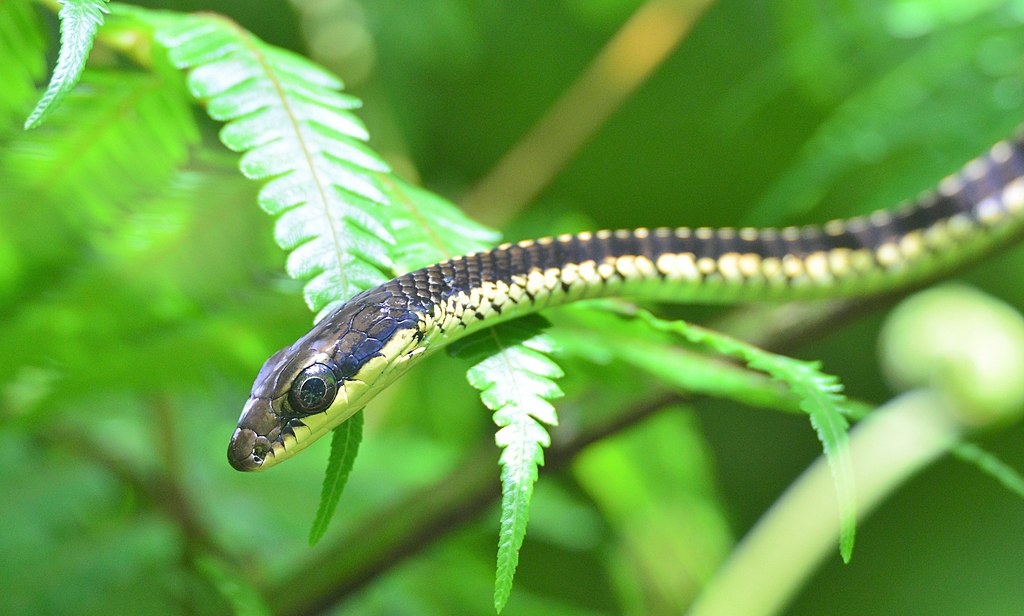In the shadowy realm of predator-prey relationships, few hunters have mastered the art of stealth quite like snakes. These remarkable reptiles have evolved extraordinary camouflage abilities that allow them to disappear into their surroundings, becoming virtually invisible to unsuspecting prey. Their patient, calculated approach to hunting represents one of nature’s most perfectly refined ambush strategies. From the leaf-mimicking vine snakes of tropical forests to the sand-matching sidewinders of arid deserts, snakes demonstrate that sometimes the deadliest predator is the one you never see coming. This fascinating intersection of evolutionary adaptation, biology, and hunting behavior reveals the sophisticated ways these limbless predators have survived and thrived across diverse ecosystems worldwide.
The Evolutionary Advantage of Ambush Hunting
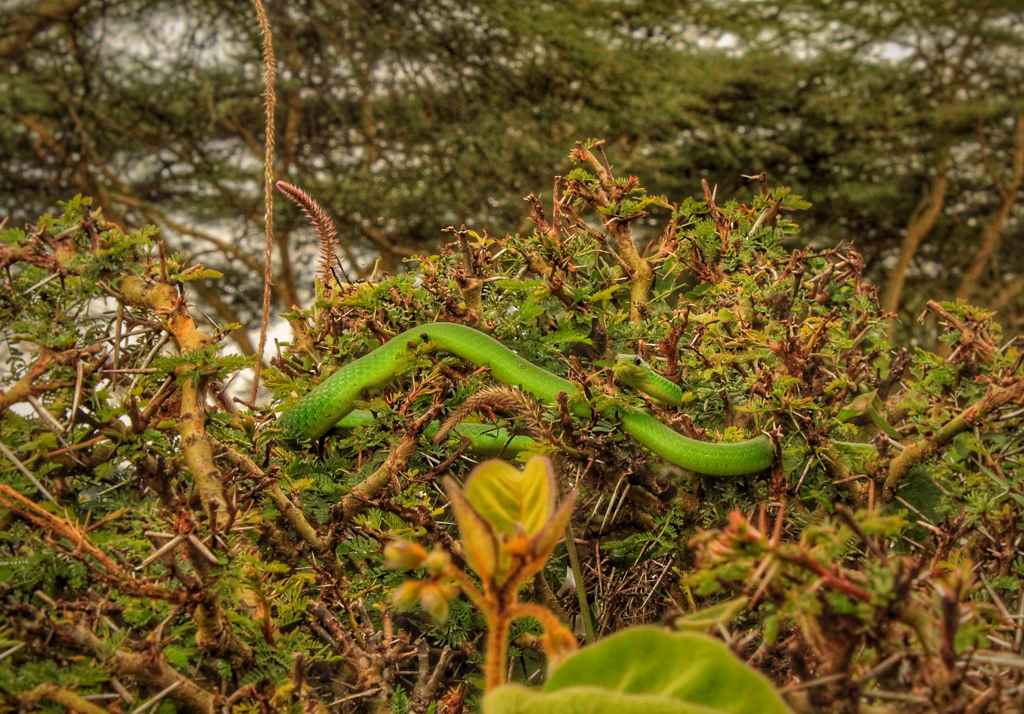
Snakes have evolved specialized hunting strategies over millions of years, with ambush predation emerging as a particularly effective approach for many species. This hunting method conserves precious energy that would otherwise be expended in active pursuit of prey, a significant advantage for ectothermic animals that must carefully manage their metabolic resources. For species like pythons, vipers, and boas, the ability to remain motionless for extended periods—sometimes days—while waiting for prey represents a remarkable adaptation to their ecological niche. Evolution has fine-tuned snake physiology for patience, with slow metabolisms, efficient digestive systems, and the ability to go extended periods between meals. This evolutionary path has produced some of nature’s most specialized ambush hunters, capable of striking with lightning speed after hours of perfect stillness.
Cryptic Coloration: Nature’s Perfect Disguise
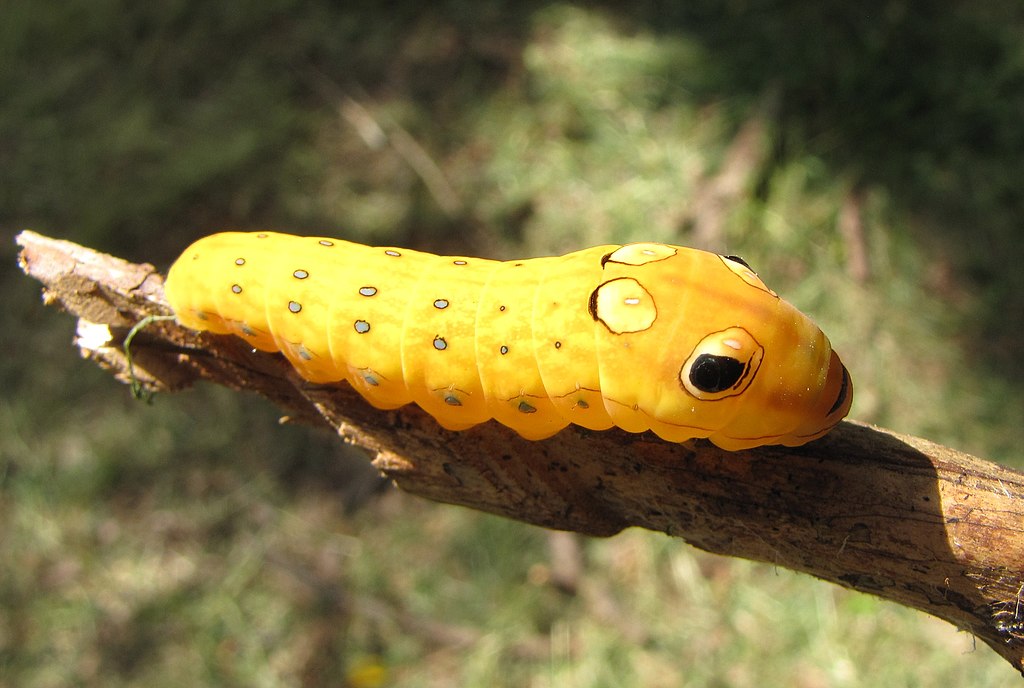
The most fundamental form of snake camouflage is cryptic coloration, where the animal’s scales match the predominant colors and patterns of its habitat. Desert-dwelling species like the sidewinder rattlesnake display sandy hues and subtle patterns that mirror the undulating desert floor, making them nearly impossible to detect when motionless. In tropical environments, green tree pythons and emerald tree boas showcase vibrant verdant coloration that blends seamlessly with the foliage where they hunt. Some species like the Gaboon viper possess intricate patterns of geometric shapes and varied coloration that break up their outline against the leaf litter of forest floors. This cryptic coloration isn’t static—many snakes can adjust their color intensity over time through mechanisms such as expanding or contracting pigment cells, helping them adapt to seasonal changes in their environment.
Disruptive Patterns: Breaking the Body Outline
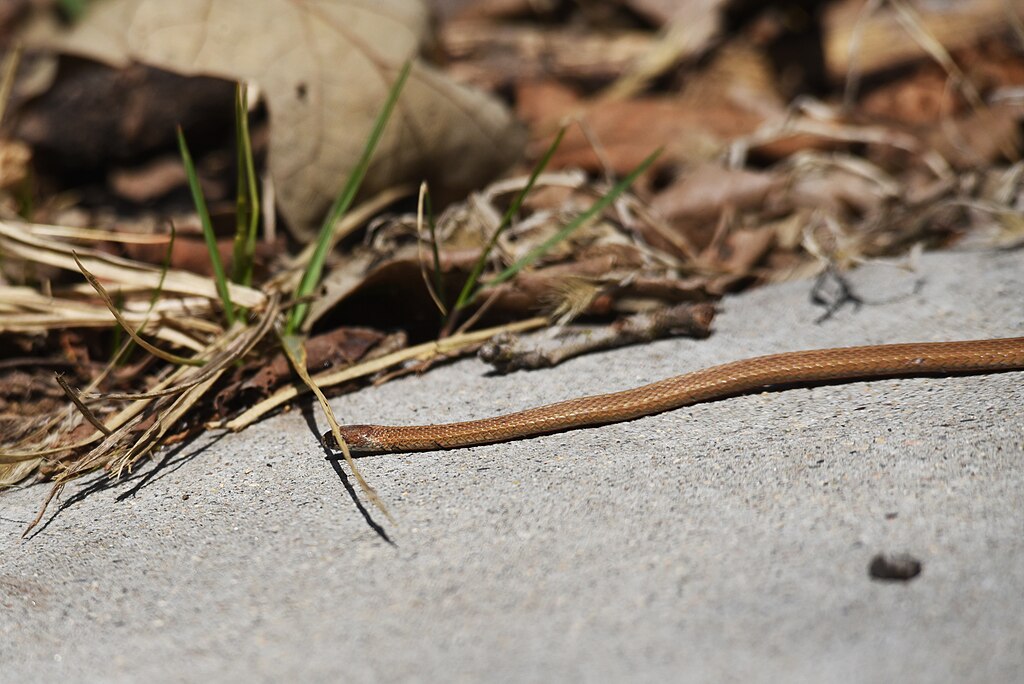
Beyond basic color matching, many snake species have evolved disruptive patterns that effectively break up their body outline, making their shape difficult for prey to recognize. The timber rattlesnake’s dark crossbands fragment its cylindrical form, disguising its serpentine silhouette against the textured forest floor. Vine snakes possess remarkable adaptations including ridged scales and irregular coloration that help them mimic slender branches or vines when they stretch out among vegetation. Some species like the hognose snake display complex patterns that create visual “noise,” confusing the eye and making it challenging to distinguish the snake from its surroundings. These disruptive patterns work by exploiting the way animal vision processes shapes, effectively creating a visual illusion that prevents prey from recognizing the predator’s true form until it’s too late.
Mimicry: Masquerading as Something Harmless
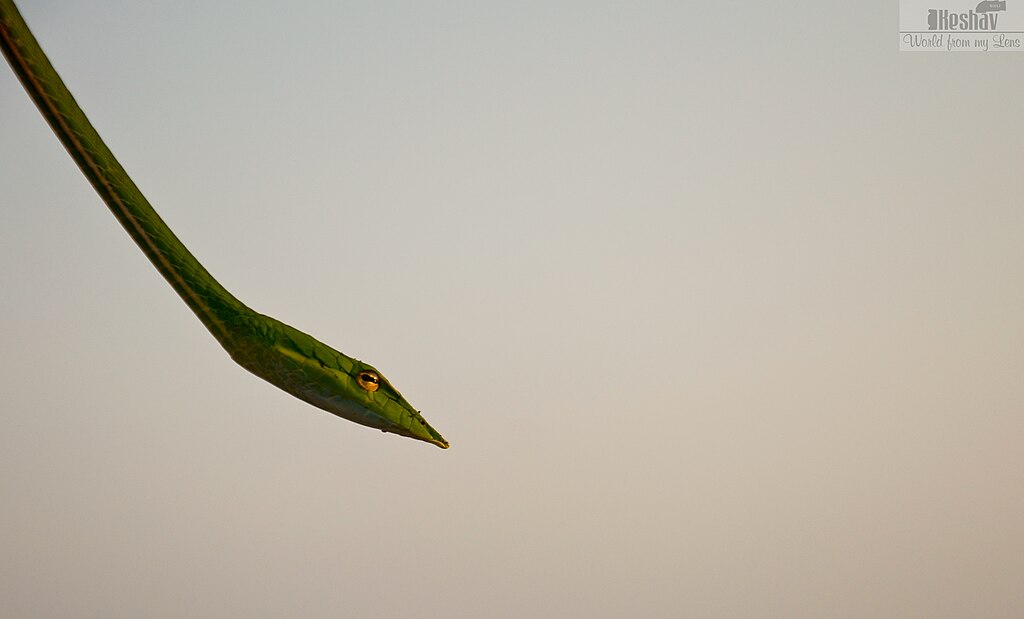
Some of the most sophisticated snake camouflage involves mimicry, where the snake resembles something entirely benign in the environment. The Asian vine snake possesses an elongated snout and keeled scales that create a remarkable resemblance to a typical forest vine or twig, allowing it to hang motionless among branches. Certain hognose snakes can flatten their heads and bodies to mimic leaves when lying on the forest floor, complete with color patterns that resemble leaf veins and seasonal coloration. Perhaps most impressive are the twig-mimicking snakes of Southeast Asia, which can remain perfectly rigid at odd angles, swaying slightly with the breeze just as an actual twig would. This form of disguise allows these hunters to position themselves along frequently traveled routes of birds, lizards, and small mammals, becoming virtually invisible until the moment they strike.
Substrate Matching: Disappearing Into the Background
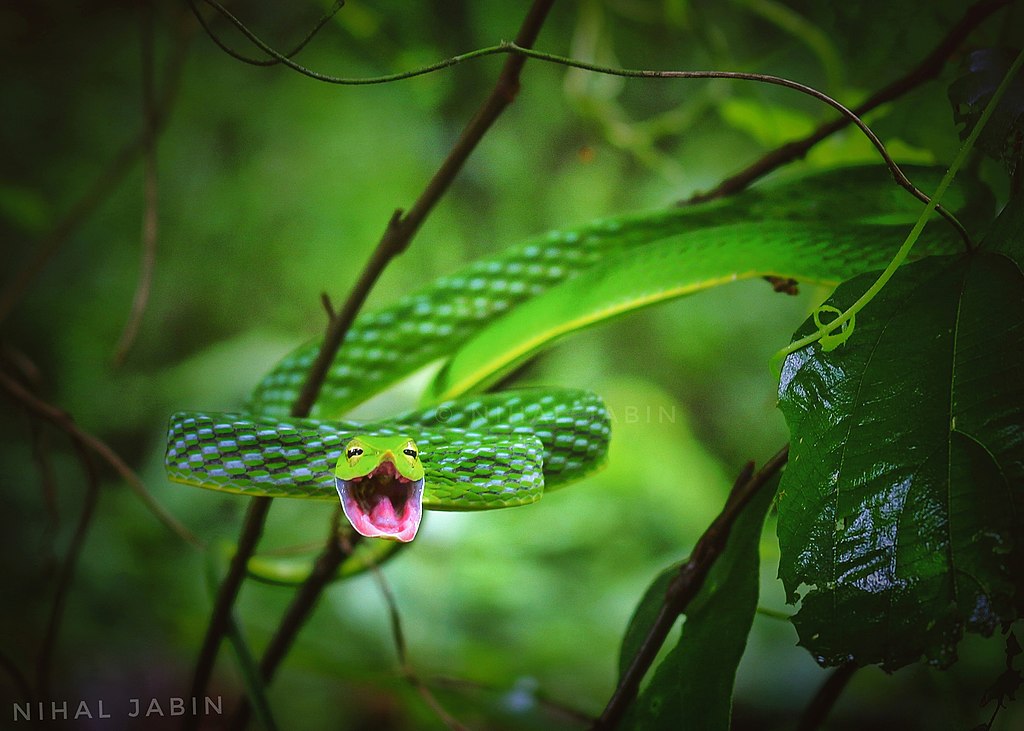
Specialized substrate matching enables many snake species to effectively disappear against specific background materials in their environment. Desert-dwelling sidewinders possess microscopic textures on their scales that prevent light reflection, enhancing their ability to blend into sandy substrates while leaving almost no shadow. Aquatic hunters like water moccasins display mottled, dark coloration that matches murky water and submerged vegetation, allowing them to hunt with only their eyes and nostrils breaking the surface. The rinkhals, an African cobra relative, has evolved coloration that perfectly matches the ash-colored soil in regions prone to seasonal burns, giving it a considerable hunting advantage in post-fire landscapes. Some species like certain pythons have complex scale microstructures that manipulate light in ways that further enhance camouflage, creating what scientists call “adaptive opacity” that responds to environmental lighting conditions.
Countershading: The Art of Shadow Elimination
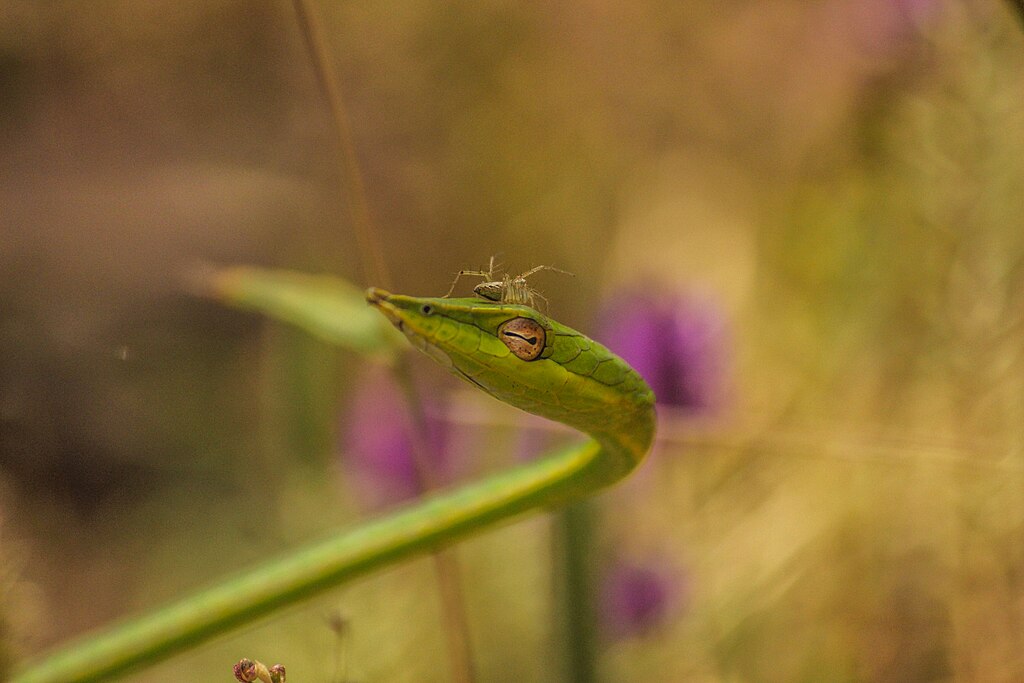
Countershading represents a sophisticated camouflage technique where a snake’s dorsal surface appears darker than its ventral side, effectively neutralizing the natural shadowing that would otherwise reveal its three-dimensional form. This adaptation is particularly evident in arboreal species like the green tree python, which must disappear against a backdrop of leaves illuminated from above. By having lighter coloration on their undersides, these snakes minimize the shadows that would normally form beneath their bodies, making them appear flat and less noticeable to prey passing below. Some aquatic species employ this same principle, with dark upper surfaces and light bellies that match the lighting conditions when viewed from different angles in water. This evolutionary adaptation effectively “flattens” the snake visually, making it more difficult for prey to recognize its shape even when the color pattern has been detected.
The Patience Game: Behavioral Aspects of Ambush Hunting

Camouflage in snakes extends beyond physical appearance to include remarkable behavioral adaptations that enhance their ambush success. Many vipers can remain completely motionless for days, controlling their breathing to be imperceptible while maintaining perfect body positioning that optimizes their camouflage. Species like the eastern diamondback rattlesnake will strategically position themselves at game trails, selecting spots where their particular pattern best matches the background vegetation and light conditions. When preparing to strike, many ambush hunters will anchor their body with specialized muscles while extending only their neck and head toward prey, minimizing any movement that might reveal their position. This extraordinary patience is supported by physiological adaptations including extremely slow metabolism during waiting periods and the ability to significantly reduce heart rate to remain undetected by prey animals that might sense vibrations.
Sensory Adaptations for the Perfect Ambush
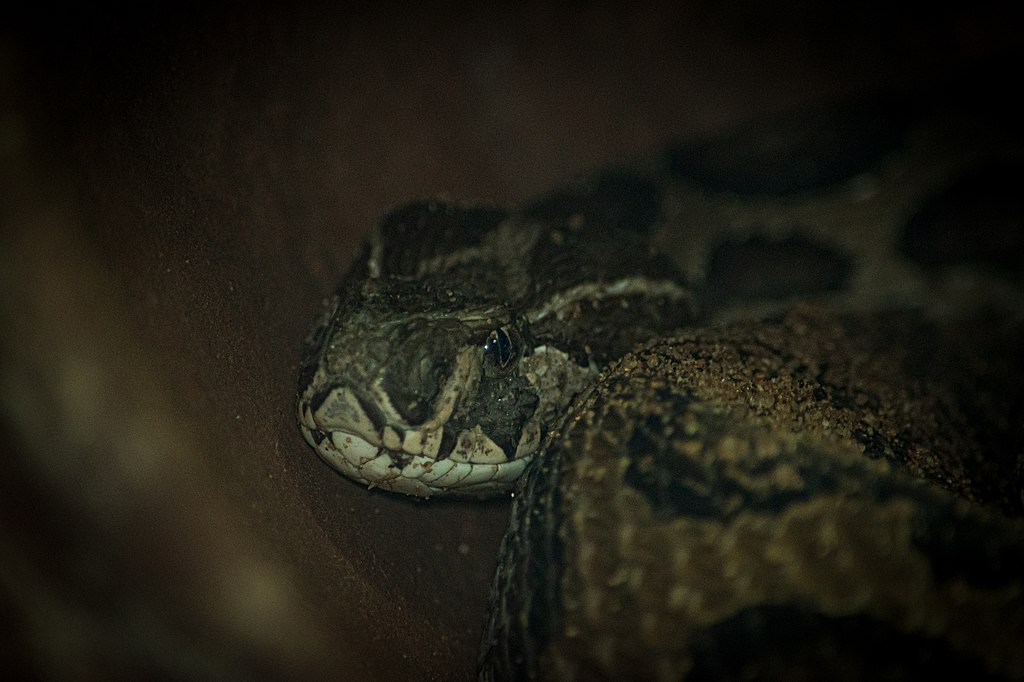
Successful ambush hunting requires specialized sensory systems that allow snakes to detect prey while remaining completely concealed. Many vipers and pythons possess highly sensitive heat-detecting pit organs that can detect temperature differences as small as 0.003°C, allowing them to “see” warm-blooded prey even in complete darkness. Ground-dwelling ambush specialists have evolved extremely sensitive vibration detection through their jawbones, which transmit ground vibrations to their inner ears, helping them determine the precise location and size of approaching animals. Some species possess chemical sensors that can detect airborne molecules in concentrations of just a few parts per billion, allowing them to prepare for a strike before prey is even visible. These sensory adaptations work in concert with their camouflage, allowing the snake to remain completely hidden while still gathering critical information about potential prey movement and position.
The Lightning-Fast Strike: From Stillness to Speed
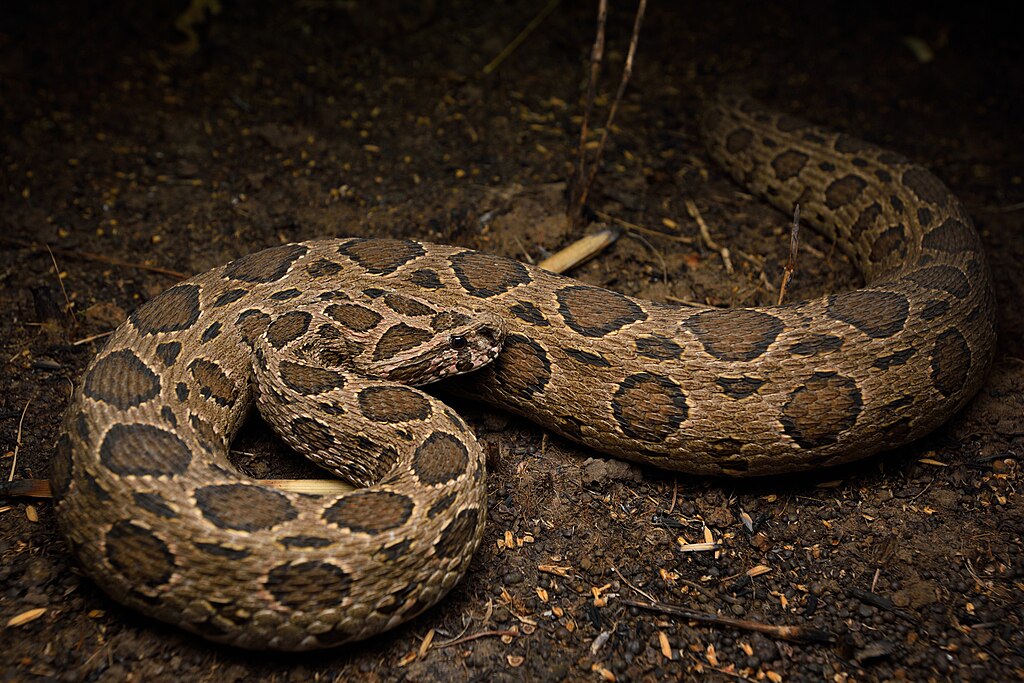
The culmination of snake camouflage and ambush strategy is the strike itself—an explosive burst of speed that represents one of the animal kingdom’s most remarkable transitions from complete stillness to rapid movement. Vipers can accelerate their heads from rest to over 8 feet per second in less than 50 milliseconds, generating forces exceeding 30 Gs. This extraordinary speed is possible because ambush-hunting snakes maintain their muscles in a pre-loaded state while waiting, storing energy like a compressed spring for immediate release when prey comes within range. The actual strike often follows a precise mathematical curve that automatically adjusts for the movement of prey, guided by a combination of visual tracking, thermal detection, and chemical sensing. Some species can even modify their strike trajectory mid-attack if prey suddenly changes direction, demonstrating sophisticated neuromuscular control systems that operate faster than conscious thought.
Regional Specialization: Camouflage Across Ecosystems
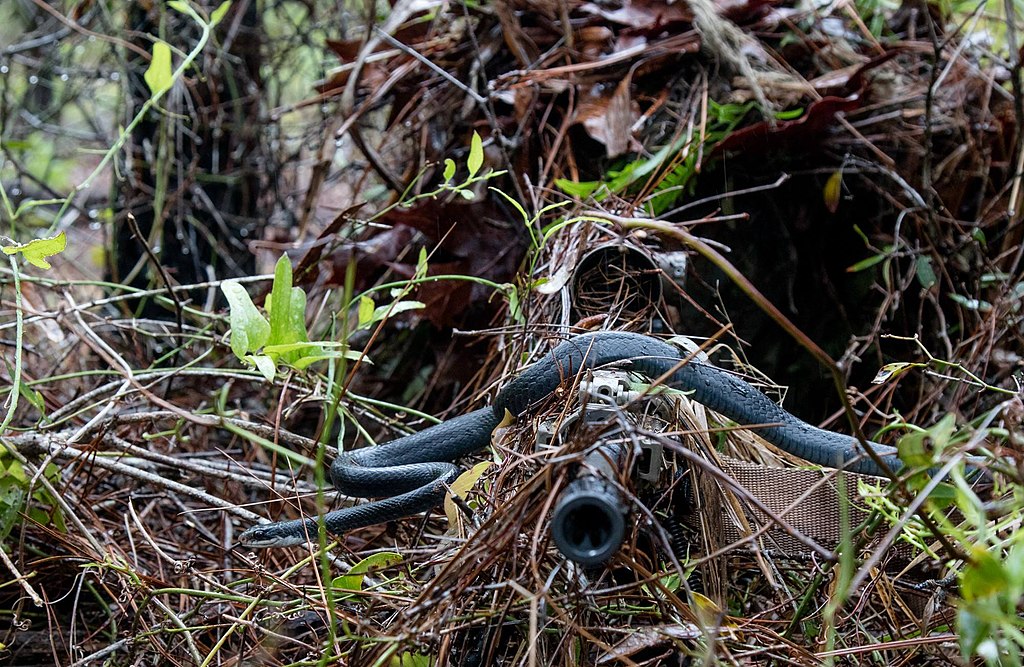
Snake camouflage exhibits remarkable regional specialization, with populations evolving specific adaptations suited to their particular habitats. In North American pine forests, timber rattlesnakes display brown and russet patterns that match pine needle litter, while the same species in rocky Appalachian habitats shows more gray and black coloration to blend with stone outcroppings. The highly venomous death adder of Australia shows dramatic regional variation, with desert populations featuring sandy beige coloration while rainforest specimens display rich browns and subtle greens that match specific forest floor environments. Even within a single habitat, different species exploit distinct microenvironments, like the East African egg-eating snake that resembles small branches where birds typically nest, or the sidewinder’s sand-colored scales that match specific mineral compositions of particular desert regions. This localized adaptation demonstrates how natural selection continuously refines camouflage strategies to match exceedingly specific environmental conditions.
Juvenile Versus Adult Camouflage Strategies
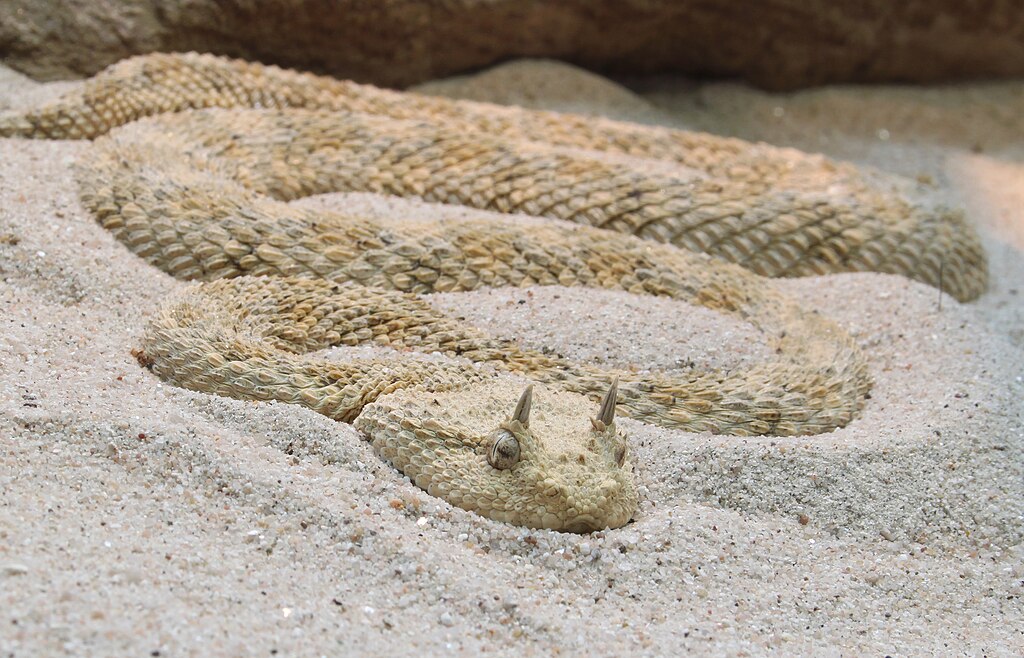
Many snake species display different camouflage patterns between juveniles and adults, reflecting changes in hunting strategies and vulnerability throughout their lifecycle. Young bushmasters in South America often possess bright tail tips that they wiggle to attract small amphibian and lizard prey, while developing more cryptic overall coloration as they mature and transition to ambushing larger mammals. Juvenile pythons frequently exhibit brighter, more contrasting patterns that provide better concealment in the undergrowth where they hunt smaller prey, gradually developing the more subdued adult coloration as they grow large enough to capture bigger animals. For some species like the cottonmouth, juveniles display striking banded patterns and a yellow-tipped tail for attracting frogs and lizards, while adults develop the nearly uniform dark coloration better suited for ambushing mammals and birds from water edges. These age-specific adaptations demonstrate how camouflage requirements evolve throughout a snake’s life history as its ecological role and predation strategy changes.
The Evolutionary Arms Race: How Prey Fights Back
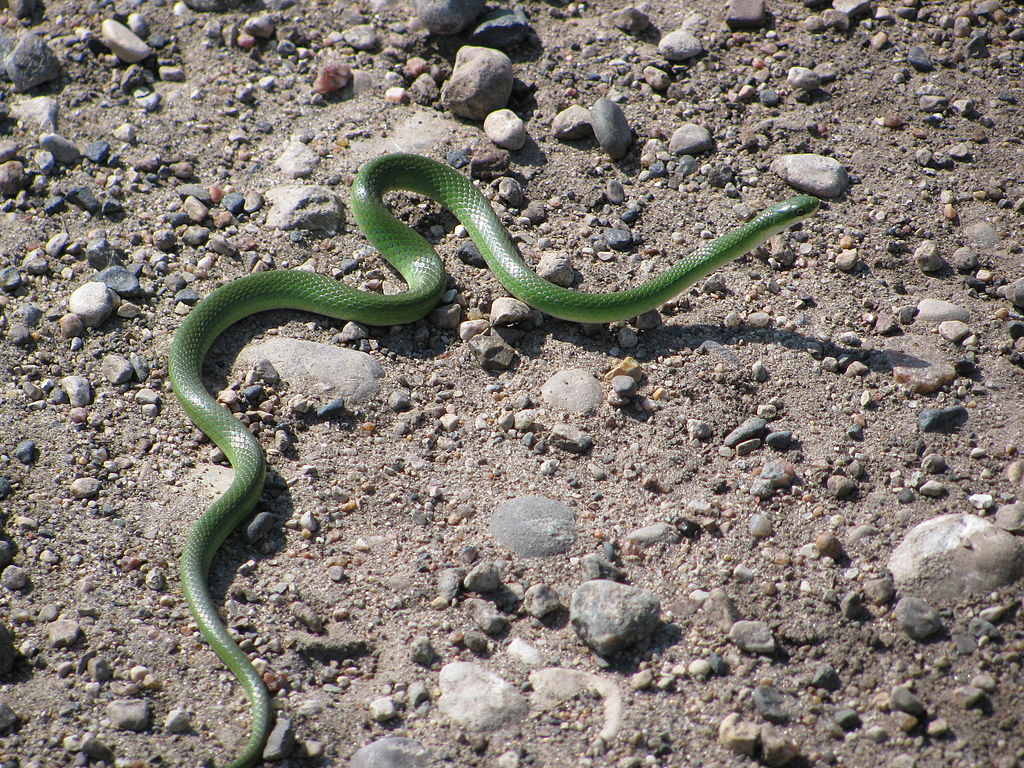
The extraordinary camouflage abilities of snakes have triggered evolutionary responses in their prey, creating a continuous biological arms race that pushes adaptation on both sides. Many rodent species have developed enhanced visual systems specifically attuned to detecting the subtle patterns of vipers and pythons, including specialized color vision that can identify snake outlines even against matching backgrounds. Birds frequently utilize “mobbing” behaviors where they gather and make alarm calls when a camouflaged snake is detected, effectively neutralizing the ambush advantage by alerting all nearby potential prey. Some prey species have evolved behavioral adaptations such as erratic movement patterns and freeze responses that make it harder for snakes to accurately time their strikes. The most fascinating counter-adaptations may be chemical—certain rodents have developed resistance to snake venoms, allowing them to survive initial strikes and potentially escape, putting pressure on snakes to further perfect their ambush techniques rather than relying solely on venom efficacy.
Conservation Implications of Specialized Camouflage

The highly specialized nature of snake camouflage creates particular conservation challenges as habitats face rapid human-driven changes. Species with camouflage evolved for specific environmental conditions may suddenly become conspicuous when landscapes are altered through deforestation, agriculture, or urban development, making them vulnerable to both predators and human persecution. Climate change poses additional threats by altering seasonal patterns that many snake species rely on for successful camouflage during critical hunting periods. Some specialized ambush hunters face declining prey populations due to habitat fragmentation, forcing them to venture into areas where their camouflage may be less effective. Conservation strategies must account for these specialized adaptations, potentially requiring the preservation of very specific microhabitats and substrates that match the camouflage requirements of threatened snake species, rather than just general habitat protection.
In the enduring evolutionary dance between predator and prey, snakes represent the pinnacle of ambush specialization, their bodies transformed into living camouflage through millions of years of natural selection. From their remarkably adapted physical appearances to their patient, calculated hunting behaviors, these reptiles demonstrate the extraordinary power of evolutionary adaptation. As we continue to study and understand these sophisticated predators, we gain not only insight into ecological relationships but also potential applications in fields ranging from military camouflage technology to computer vision systems. The next time you walk through natural habitats, remember that you may be passing within inches of one of nature’s most perfectly camouflaged predators—a testament to the incredible adaptability and specialized hunting strategies that have allowed snakes to thrive across six continents and countless ecosystems.

